#MườngHistory
Explore tagged Tumblr posts
Text


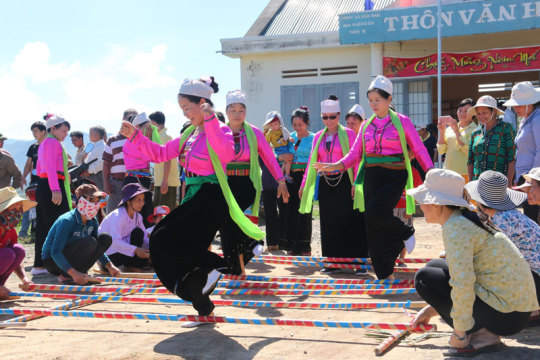

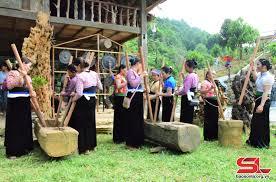

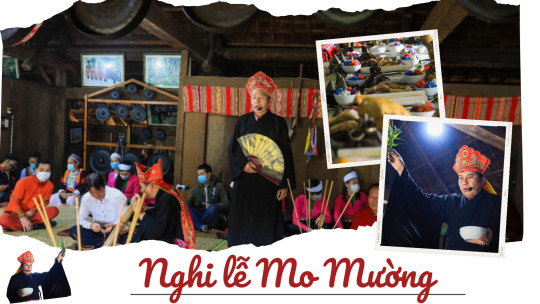
Culture and Customs of the Mường Ethnic Group:
Traditional Social Structure: The traditional social organization of the Mường is unique, characterized by a class society with the Lang (nobility) and commoners. The social structure in traditional Mường society includes villages and muongs. A management system operated by customary law is formed here, and all community members must strictly adhere to it. The Mường's residential area is called "quêl" or "xóm," meaning village. A village is the basic unit of Mường society, consisting of several patriarchal families with the eldest son holding authority.
Housing: Most Mường people live in stilt houses with four roofs, surrounded by areca and jackfruit trees. The upper floor is for living, while the lower part houses livestock and stores tools like rice mills. Today, with improved economic conditions, traditional stilt houses are supplemented with tiled, flat-roofed, or multi-story houses that show Vietnamese architectural influences.
Religion and Beliefs: Ancestor worship, worship of Tản Viên, and land gods.
Clothing: Women's attire is more diverse than men's and retains unique features. The headscarf is a plain white rectangular cloth, with a yếm (undergarment), short white blouse, and a long skirt reaching the ankles with intricate waistband patterns. Jewelry includes bracelets, bead necklaces, and a silver xà tích set with peach-shaped and tiger or bear claw charms. Men's traditional attire is simpler, with short round-neck shirts and wide-legged pants, tied with a scarf. Nowadays, Mường men mostly wear ready-made clothes bought at markets.
Marriage: Modern Mường weddings follow new lifestyles, without the bride or groom purchase customs. Young people freely date and inform their families when ready to marry.
Cuisine: Previously, sticky rice was the staple food, but it has been replaced by regular rice for daily meals, with sticky rice reserved for special occasions. The Mường's famous rice wine, with its unique fermentation process, is served to guests during communal gatherings. Both men and women enjoy smoking large bamboo pipes, and women often share a pipe among friends.
Education: Historically, only a few Mường people were literate in the national script or Chinese characters, with the majority being illiterate. Since peace was restored, education has flourished. Most parents now encourage their children to pursue higher education, combining family and school education for a brighter future.
According to 2019 statistics from the General Statistics Office, the literacy rate among those aged 15 and above is 95.5%, the primary school enrollment rate is 100.8%, the secondary school enrollment rate is 96.3%, the high school enrollment rate is 71.5%, and the out-of-school rate for children is 6.7%.
0 notes
Text



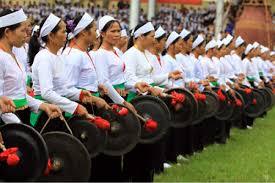
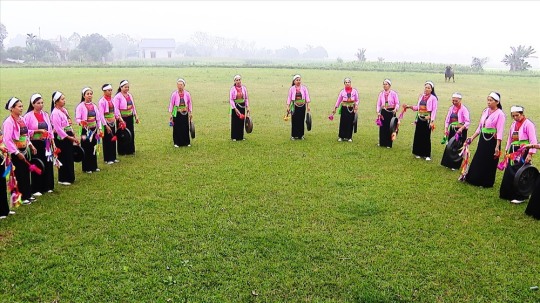

History and Geography of the Mường Ethnic Group
Ethnic minorities often reside in remote areas or high mountains, sustaining themselves through hunting or slash-and-burn agriculture. Introducing tourism to these communities can boost their income, mitigate environmental damage, and provide a refreshing climate for visitors. Let's join hands to protect our environment and make our Earth greener, cleaner, and more beautiful.
The Mường people have a population of over one million, making them the fourth largest ethnic group after the Vietnamese, Tày, and Thái. As long-time indigenous residents, they share a common origin with the ancient Vietnamese and reside in many northern provinces, with the highest concentration in Hòa Bình and Thanh Hóa provinces.
Historical Origins: The Mường are indigenous inhabitants who have lived in Vietnam for a long time and have created a rich and distinct cultural heritage. Other names: Mol, Mual, Mul, or Mon...
Geographical Distribution: The Mường in Vietnam reside in a vast hilly area, in valleys at the foot of mountains, which are favorable for cultivation. This region lies between the Vietnamese to the east and the Thái to the west, stretching about 350 km in length and 80-90 km in width. They are mainly concentrated in Hòa Bình province, the districts of Thanh Sơn, Tân Sơn, Yên Lập, Thanh Thủy in Phú Thọ province, the districts of Ngọc Lặc, Thạch Thành, Cẩm Thủy, Bá Thước, Như Xuân, Lang Chánh in Thanh Hóa province, and scattered in Sơn La, Ninh Bình, Yên Bái provinces...
Population and Language:
Population: The Mường are the fourth largest ethnic group in Vietnam, after the Vietnamese, Tày, and Thái. According to the 2019 survey of 53 ethnic minorities, the Mường population totals 1,452,095, primarily in Hòa Bình (549,026), Thanh Hóa (341,359), Phú Thọ (218,404), Sơn La (84,676), Hanoi (62,239), Ninh Bình (27,634), Yên Bái (17,401), and also in southern provinces like Đắk Lắk (15,656), Bình Dương (9,021), Đồng Nai (6,257), Lâm Đồng (6,072)...
Language: The Mường language belongs to the Việt-Mường language group, Austroasiatic language family.
1 note
·
View note